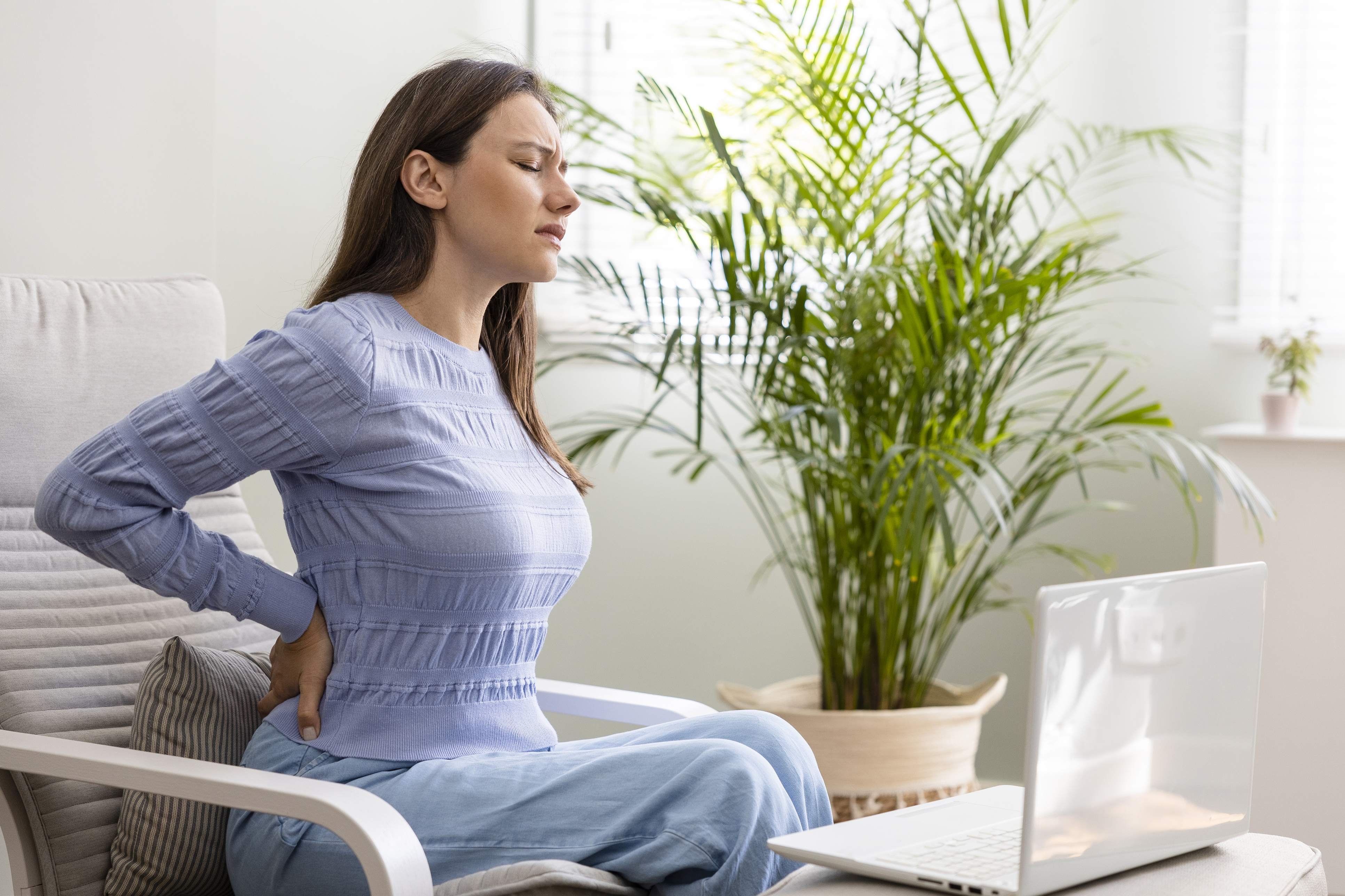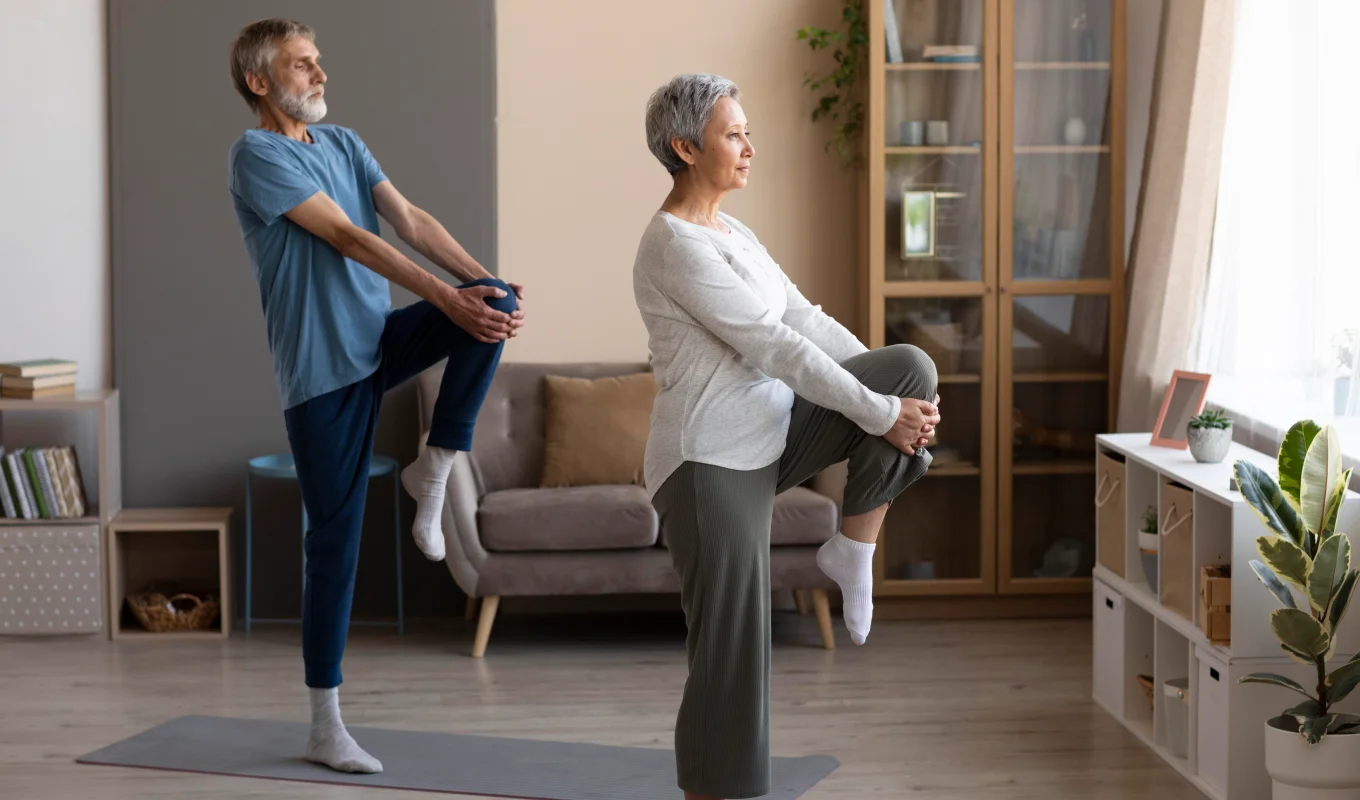Lower back pain is one of the most common and costly medical conditions affecting Americans today. Unfortunately, outdated approaches still dominate many treatment plans—despite growing evidence that early, non-invasive care leads to better results. To
help you better understand this widespread condition, we compiled 20 key statistics about lower back pain, including insights from Cliff Wolosiansky, PT, DPT, a seasoned physical therapist specializing in orthopedic and neurological rehabilitation.
Whether you're recovering from an acute flare-up or living with chronic discomfort, these facts can help you take the right next step toward relief.
Prevalence of Low Back Pain
- About 31 million Americans are currently experiencing lower back pain.
- Over 80% of people will experience lower back pain at some point in their lives.
- Approximately 100 million Americans live with chronic back pain.
- Disc injuries, sciatica, and improper lifting are leading causes of lower back pain.
- In 2016, low back pain accounted for 57.6 million years lived with disability worldwide.
- Serious conditions (such as cancer or infections) account for only 1–2% of lower back pain cases.
- Low back pain is the most common reason people seek physical therapy.

Implications of Low Back Pain
- In 1998, the U.S. spent $90.7 billion on healthcare for back pain.
- Lower back pain is the second leading cause of disability in the U.S. and the top cause worldwide.
- It ranks among the top five reasons for emergency department visits.
- People with back pain spend about 60% more on healthcare than those without.
- An estimated 149 million workdays are lost each year due to lower back pain.
- The total annual cost to the U.S. economy is $100–200 billion, with two-thirds attributed to lost wages and productivity.
Low Back Pain Treatment
- Clinical guidelines recommend non-pharmacological and non-invasive care as the first line of treatment.
- The American College of Physicians advises against starting with medication, citing modest and temporary benefits.
- NSAIDs increase the risk of gastrointestinal side effects by 2.5 times.
- Long-term opioid use for non-cancer back pain leads to addiction in up to 25% of patients.
- Physical therapy is as effective as surgery for some types of back pain.
- Early PT intervention is linked to significantly reduced use of imaging, injections, surgery, and opioids—and 60% lower treatment costs.
- Starting with PT instead of an MRI can reduce first-year treatment costs by 72%.

Addressing Common Misconceptions
A major hurdle in effective back pain care is the perception that physical therapy will worsen pain. Cliff often hears patients joke that PT stands for "physical torture."

Many patients are surprised to learn that physical therapy doesn't have to be strenuous or uncomfortable. By starting slow and customizing each session to the individual, therapists help patients build trust in the process and confidence in their own
bodies. This approach creates a supportive environment where healing can happen more effectively.
Preventing Lower Back Pain
Prevention starts with awareness and proactive changes. According to Cliff, ergonomic setups are key, especially for people working from home.

He also advises listening to your body. Your back often gives you early clues that something's off, whether it's stiffness, soreness, or sudden discomfort during daily tasks. Rather than ignoring these signals, take them as an opportunity to pause and
adjust your movements or posture before the issue worsens.

The Importance of Early Intervention
Back pain doesn't always go away on its own—and delaying care can make matters worse.

If you're dealing with back pain, don't wait. With early care, recovery is not only possible—it can be faster and less costly. Luna offers physical therapy right in your home, with licensed professionals who tailor your treatment to your specific needs.
Book your evaluation today and take the first step toward lasting relief.









